(07) 5479 6652

Your Dual Battery System Questions Answered
We get asked so many questions about dual battery systems every day, so we thought we’d cover off on a few of the most common ones all in one place. Fair warning, there is a lot of info here (and this doesn’t even cover all of it). But if you’re deciding on whether to get a Dual Battery System or what kind of system to get, this should, hopefully, clear a few things up for you.
What is a Dual Battery System?
As the name suggests it is a second battery also known as an auxiliary battery system. A Dual Battery System is separate from your starting battery in your car.
Why do I need a Dual Battery System?
Generally the first time people realise they need a dual battery system is they want to run a 12 volt portable fridge while camping. A Dual Battery can also be used to power a range of 12 volt accessories – air compressor, lights, kettle etc. It can also be used to charge devices like mobile phones, iPads, tablets, cameras, GoPros. Basically, if you can charge it via USB – your dual battery system can keep it powered up.
Why can’t I run a fridge or power devices off my starting battery?
Quite simply – you can… BUT (there’s always a but), you run the risk of running your starting battery flat (I speak from experience). There is nothing worse than thinking you’ve got it all going on, when your food is cold, but then the next morning you go to leave camp and your car won’t start.
Also, the materials in a starting battery are designed to provide a short burst of power to start a car. Not to release a small amount of power over a long period of time (like running a fridge). So even if you are amazing and don’t flatten your starting battery, powering devices from your starting battery will shorten its lifespan.
Where can I put my Dual Battery System?
The most common dual battery system is a portable box – as the name suggests it’s a box that you can move around. Generally, it is put inside your car or in your ute tray and then you can remove it when you get to camp to power all your devices conveniently in your campsite.
Some vehicles have space for the dual battery to be installed under the bonnet (such as the Toyota Landcruiser, Prado and Hilux). For many people, an under-bonnet is an ideal dual battery location as it avoids the battery system taking up valuable space in your car.
If you have a ute or dual cab there are lots of options, a portable box in the tub, if you have a canopy, you can have a customised control panel installed in it, or we can hide them away in draws if you have them. For some Ute’s (BT50, Ford Ranger, Landcruiser 79series – just to name a few) we can fit a dual battery system behind the 2nd row of seats, in-cab and easily accessible but hidden away.
Basically, the location depends on your vehicle.
How do you charge a dual battery?
When we install a dual battery system in a car it is wired up to charge from your vehicle’s alternator when the car is turned on and running.
You can also charge the battery using a 240 volt battery charger plugged into a 240 Volt power outlet at home.
Another option is solar. If you are planning on parking up for a period of time where 240 Volt power isn’t available you can add in a solar panel and solar regulator or dc-dc charger and harness the sun to charge your battery.
What do I need to charge the battery in my car?
You will need to install either a DC-DC charger or an isolator in your vehicle. This is the safest way to ensure your auxiliary battery charges correctly without draining your starting battery.
What does a DC-DC Charge & Isolator do?
Both monitor the voltage of the starting battery, when it sees the car is turned on (via an increase in voltage) it connects the auxiliary battery into the car’s charging system and allows it to charge from the alternator.
When you turn the car off they sense the voltage has dropped and isolates the starting battery so the auxiliary battery can not drain the starting battery. This ensures there is always enough charge to start the car.
Do I need a DC-DC charger or an isolator?
In newer vehicles, that have a computer-controlled alternator using a Battery Isolator will not work effectively. These cars have a charging algorithm that is more concerned about fuel consumption and emissions so will regularly drop the charging voltage below the cut-off voltage of the isolator. Basically, the isolator will think the car is turned off when it’s not and will separate the two batteries and the auxiliary battery won’t charge.
If you have a car with a computer-controlled alternator you will need to look at installing a DC to DC Charger. As a rule of thumb, if your car is 2015 or newer it will more than likely have a computer-controlled alternator BUT every manufacturer is different, so if your car is 2013 – 2017, ask.
The DC-DC charger also has some extra benefits:
- An Isolator will only charge your AGM Batteries to 80%. Due to the five-stage charging program, a DC to DC charger will charge them to 100%.
- Some DC-DC chargers will charge multiple batteries
- Specific charging algorithms to suit the type of battery your charging for optimum performance i.e. you can set it to suit AGM, Calcium or Lithium.
What size DC-DC Charger do I need?
The DC-DC Charger depends on the type and size of the battery that you are using. Because the battery chemistry is different for each battery type, the DC-DC charger first needs to be compatible with your battery of choice. From there, you can decide on the required Amp output based on both the battery type and battery size.
For lead-acid deep cycle batteries such as AGM or Gel, you need a charger with an Amp output of 10-20% of the total battery bank. So as an example, for a 100Ah AGM Battery, we would suggest at least a 20Amp DC-DC Charger.
For Lithium and Lead Crystal batteries, the charger to battery ratio is based on 30%. So with these batteries, we would suggest a DC-DC Charger with an output of 40-50+ Amps.
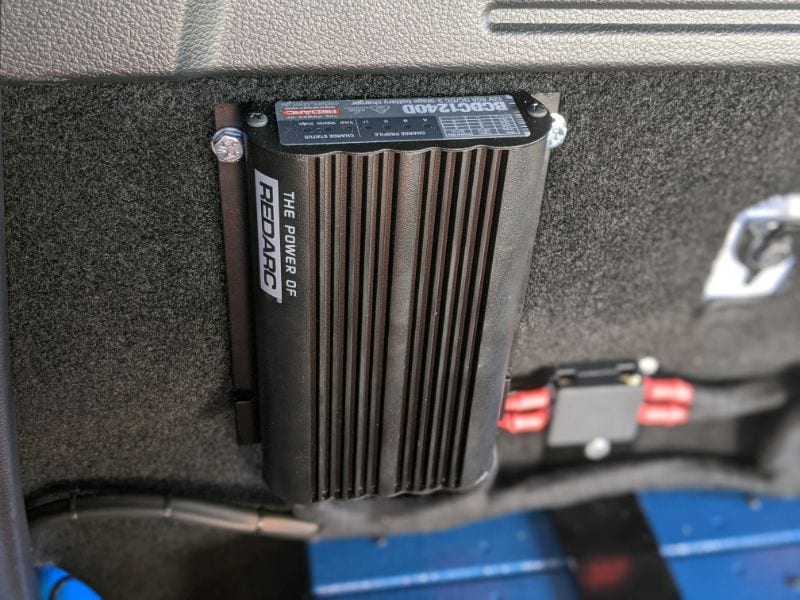
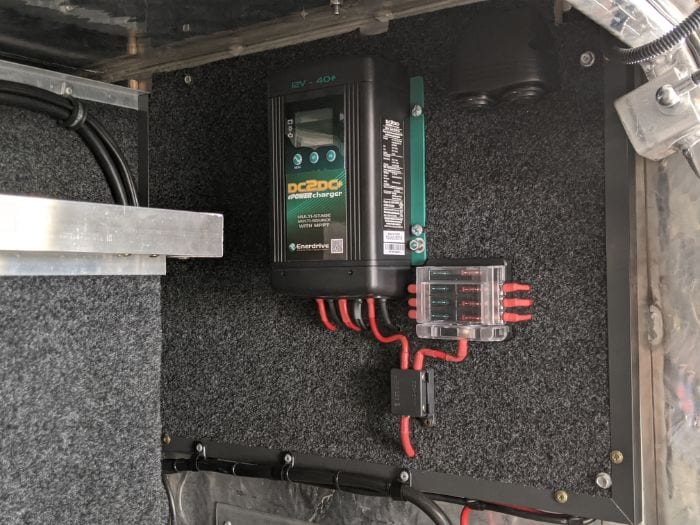
Can I just plug a solar panel into the battery?
No, a solar panel will not produce the correct voltage for the battery. You need to have some kind of solar regulator. Most quality DC-DC chargers come with their own regulator inbuilt so you can utilise that and run the solar panel directly to the DC-DC charger.
How long will my dual battery keep my fridge cold?
This depends on the following factors
- Battery size
- Fridge size
- Type of Compressor in the fridge
- External Fridge temperature
- Airflow around fridge
- Colour & Insulation of the fridge
- The temperature of the food in the fridge when you put it in
- How often you open the lid
But as a rough ballpark – 100amp hour battery, 60litre fridge = 2-3 days runtime. Now, that’s if you don’t have kids. If you have kids that open the fridge all the time, you’ll probably get about a day.
Can I run 240 Volt house appliances from a dual battery?
Yes, but you need to add in a suitable inverter.
What size inverter do I need?
It is dependent on a few factors:
- The number of appliances you will be powering
- The type of devices you will be powering
- How long you need to power the devices
- The size of your batteries
If you are wanting to run low-draw 240V devices like TVs, laptops and lights, a 300W – 600W size inverter should be enough.
However, if you are looking to run higher powered devices such as kettles, toasters, coffee machines or even Air Conditioning, we would suggest a minimum of 250Ah 12V battery bank with a 2000W inverter as a minimum for running these high draw appliances.
How many Amp Hours does my battery need to be?
The size of your battery will depend on what devices you want to power, how long you need to power them for and how you intend to recharge the battery. For a basic Dual Battery System, to power a 12V camping fridge, a few lights and chargers, we would most likely suggest a 100Ah battery.
If you need to run more than the basics, then you may need to look at a bigger battery or possibly even multiple batteries depending on what you want to run. In these cases we would start to look at the battery system as a whole, factoring in charging options, what the power draw of each device is and how long you need to run appliances for.
How do I choose the right Deep Cycle Battery?
The most suitable battery will depend on a few factors. The first thing to consider is where you are going to put it. Certain battery types are better suited to different situations. For example, a battery going under the bonnet of your car needs to be able to withstand the heat and weather so we recommend going with a Calcium deep cycle battery.
If the battery is being fitted into a battery box, canopy or drawer system, the most popular and cost-effective option is an AGM deep cycle battery. AGM batteries are designed to be fully sealed and low maintenance which makes them an ideal solution for most systems.
If weight, longevity and performance are key, then a lithium battery is the way to go. Weighing up to 60% less than their counterparts, Lithium batteries are quickly becoming a popular option for dual battery systems. They are not usually suitable for under bonnet, however, due to their versatility when it comes to size and shape, they are highly recommended for in-vehicle solutions such as behind or under seats, drawer systems and canopies. Lithium does come at a much higher expense to install, however, it will outlast just about everything else currently on the market. So the cost does usually balance out over time.
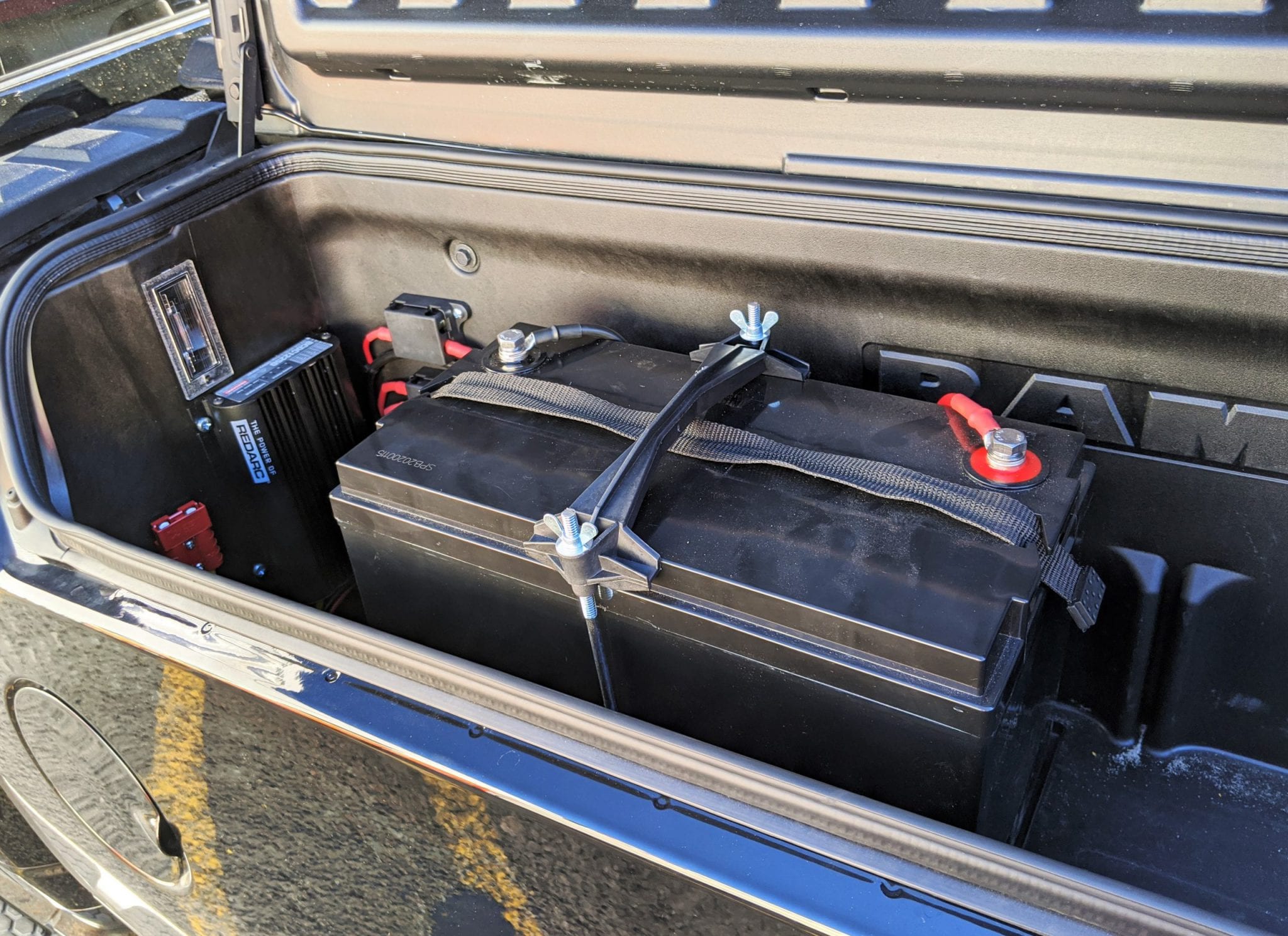
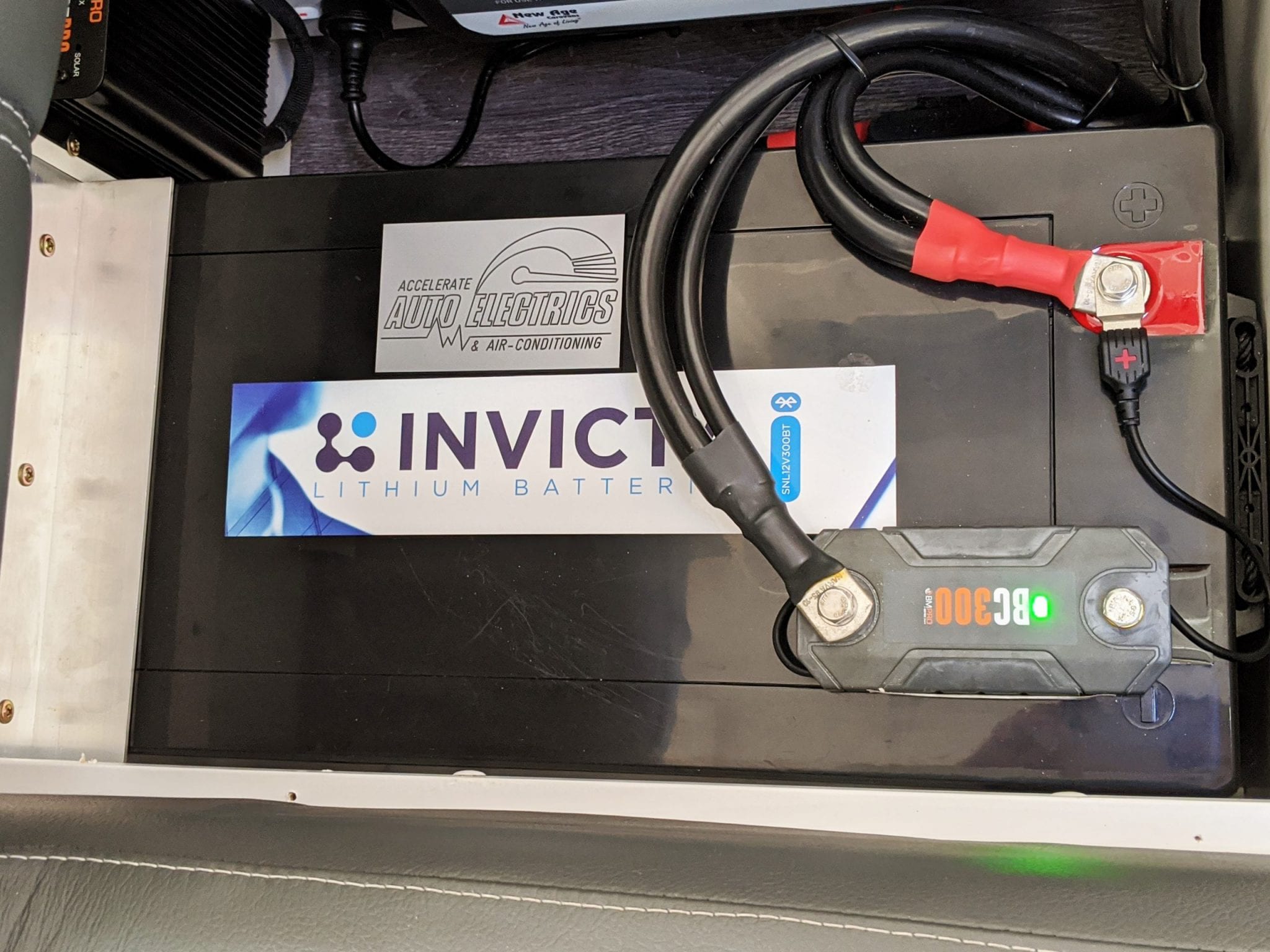
Phew! That was a lot of information, but if you still want more, check out some of our other blogs might be able to answer a few more of your Dual Battery System Questions:
- What Type of Dual Battery System Do I Need? (Video Series)
- Where can I fit a Dual Battery System?
- How to Power Your 12 Volt Camping Fridge
- Which Type of Deep Cycle Battery is the Best?
Have you got more Dual Battery System Questions? We’re here to help. Ask your question in the comments section below or feel free to get in touch with our team directly. You can call us on 07 5479 6652 or contact us online.
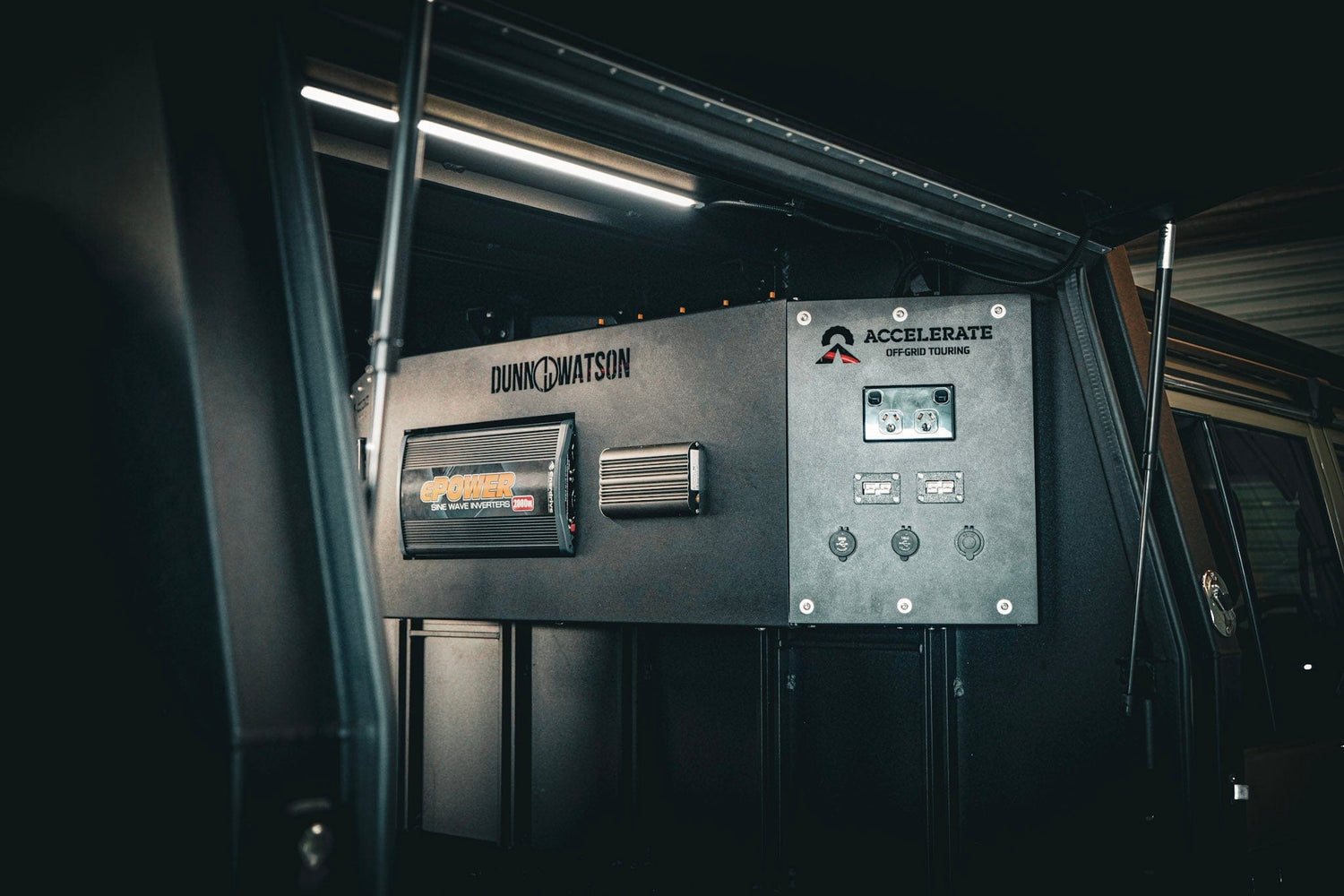
SPEAK TO AN EXPERT ABOUT YOUR NEXT UPGRADE
Our team of highly qualified and experienced auto electricians and mechanics specialise in 4wd and caravan upgrades. Book in your phone call now to discuss the best options for your next project

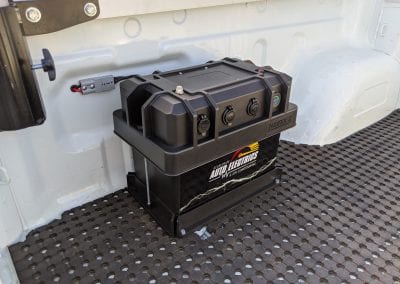
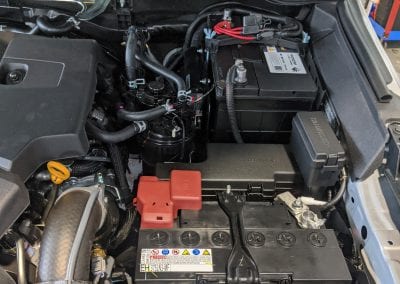
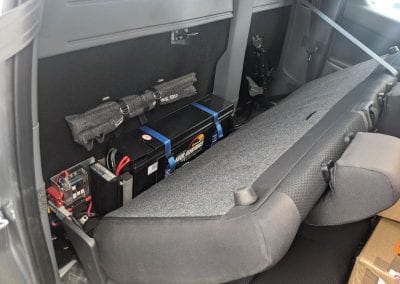
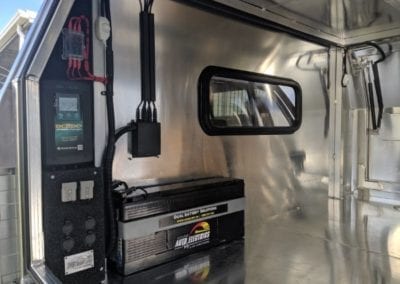
Leave a comment